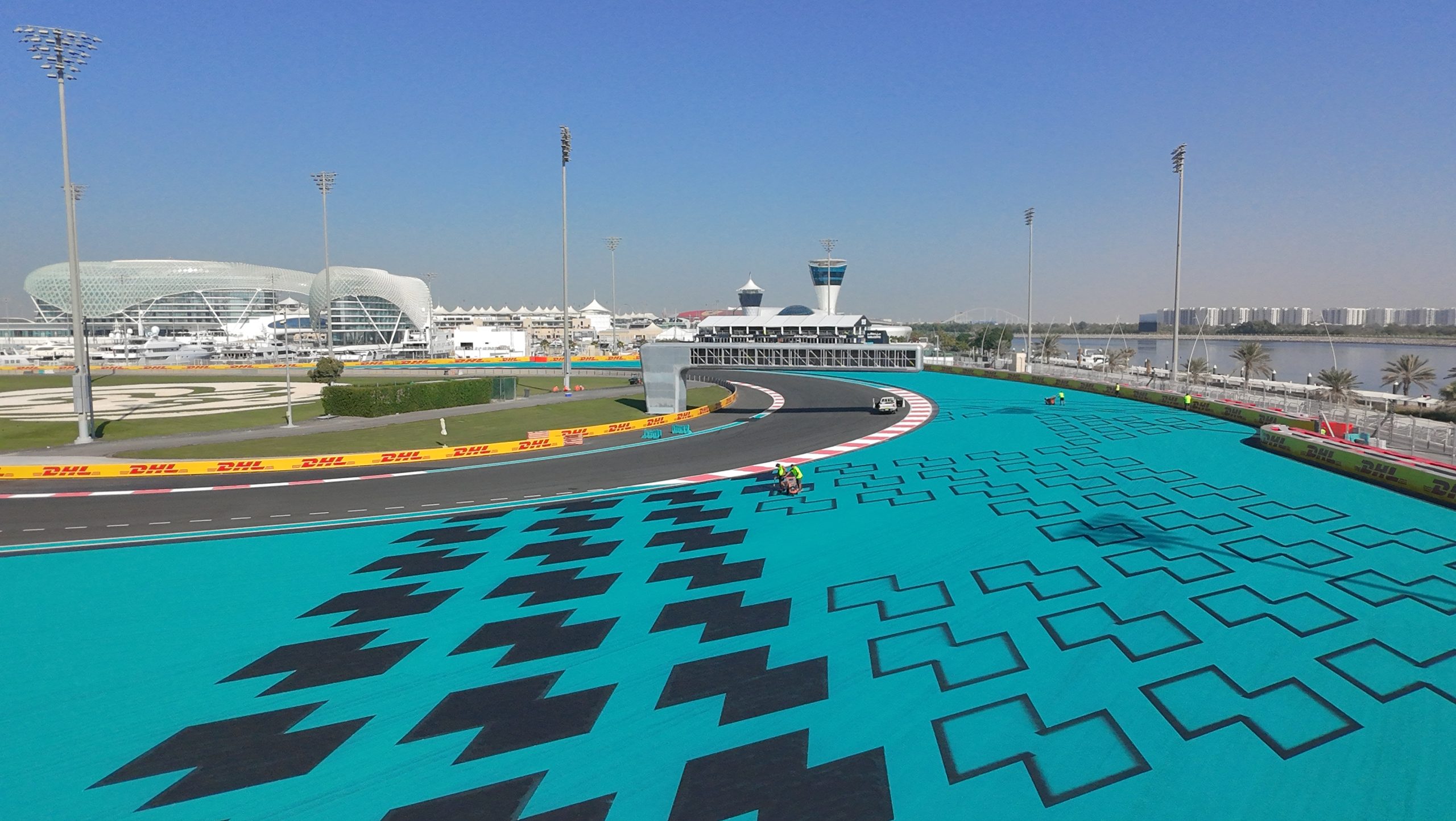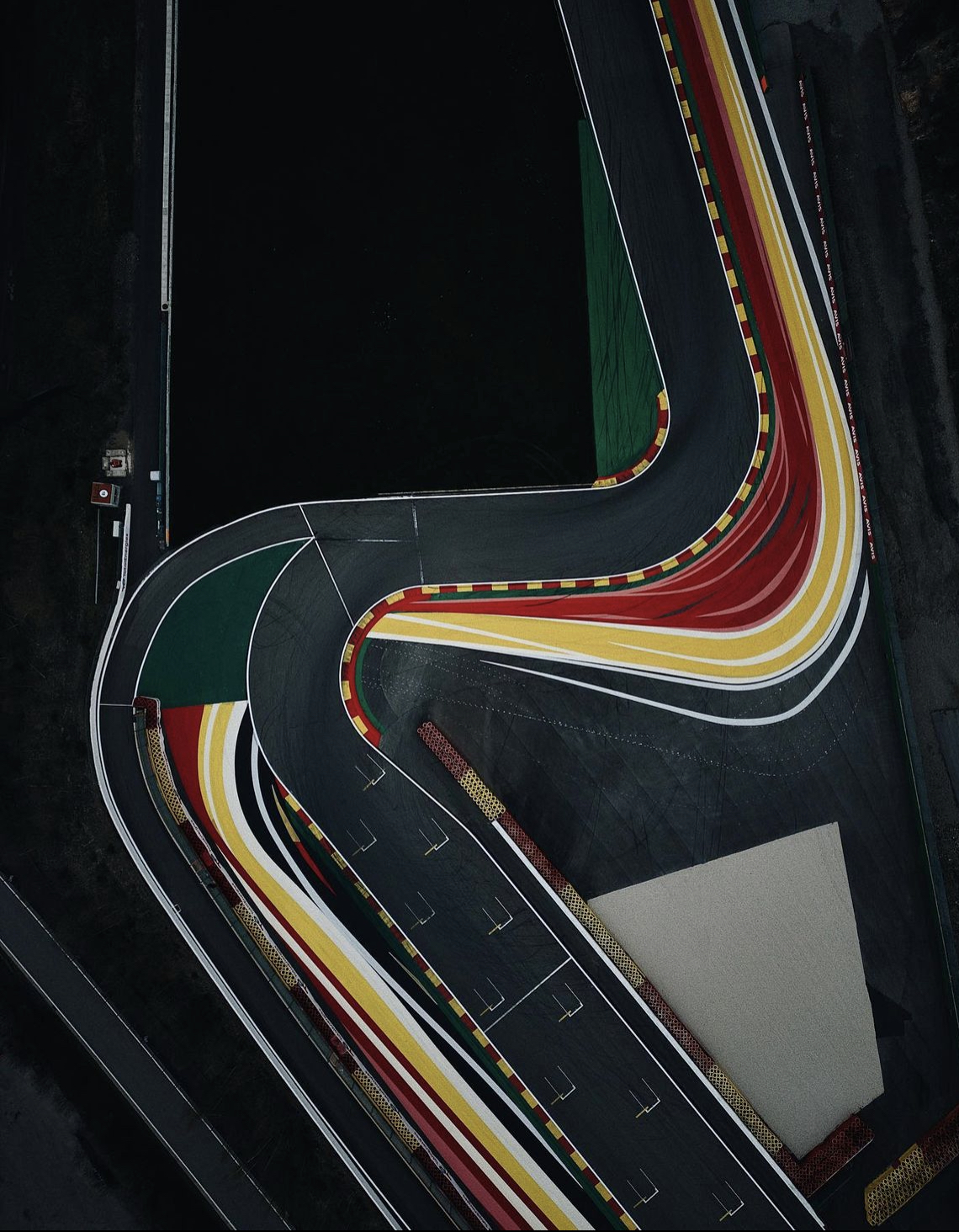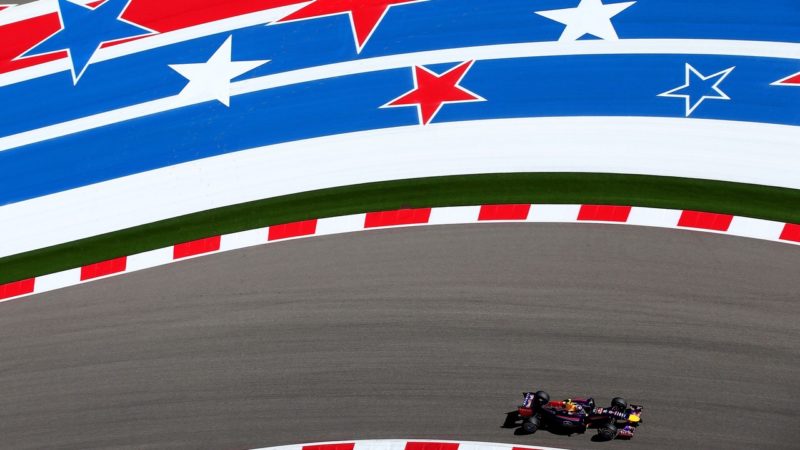Formula 1 is a spectacle of speed, skill, and precision, but one element often overlooked is the track paint that defines the circuits. From the start grid to the sporting lines and all-important blue line, the paint used on F1 tracks is a crucial yet understated component of the sport. These markings are not only visually striking but also serve functional and safety purposes that impact the integrity of the race.
The paint on a Formula 1 circuit isn’t just about aesthetics; it plays a vital role in:
The FIA homologated paint used on Formula 1 circuits is no ordinary product. It must meet strict standards for durability, visibility, and performance under extreme conditions:
Painting an F1 circuit is no simple task. Specialised machinery and highly skilled teams, like our people at Roadgrip Motorsport, are required to apply the markings with precision:
Some of the most recognisable paintwork in motorsport includes:
The colourful runoff areas of Yas Marina Circuit:

The bold yellow lines of the iconic Spa-Francorchamps track:

The Stars and Stripes at COTA which Roadgrip originally designed and installed back in 2018:

As Formula 1 continues to innovate, so does the technology behind track paint. Future developments may include thermochromic paints that change colour based on temperature, or smart paints embedded with sensors to provide real-time data on track conditions. Watch this space and keep following Roadgrip to be the first to hear!
The paint on a Formula 1 circuit is more than just decoration—it’s a blend of science, engineering, and artistry that contributes to the safety and spectacle of the sport. Next time you watch a race, take a moment to appreciate the lines and colours that guide the world’s fastest cars to glory.
If you’re interested in elevating the look and feel of your circuit, call in the experts at Roadgrip Motorsport to help. See our latest projects for inspiration or contact us to discuss your own.